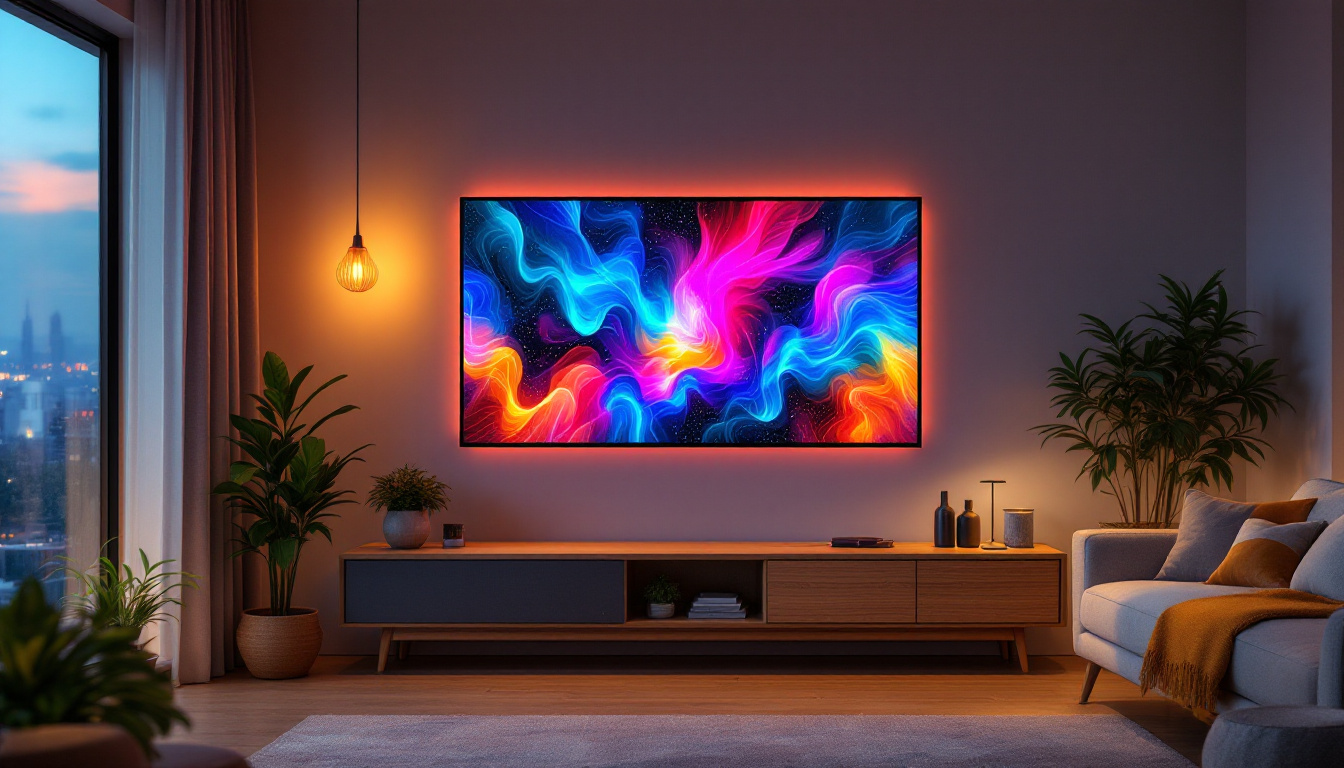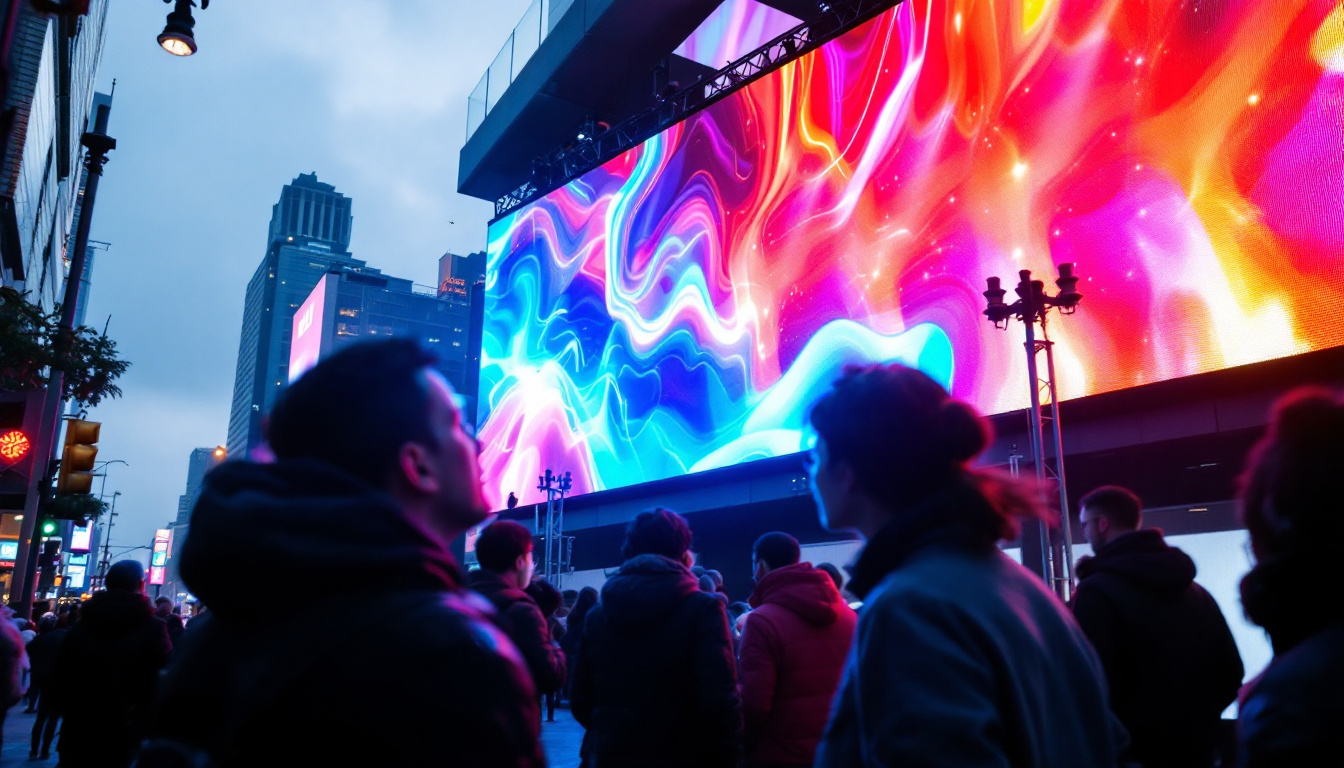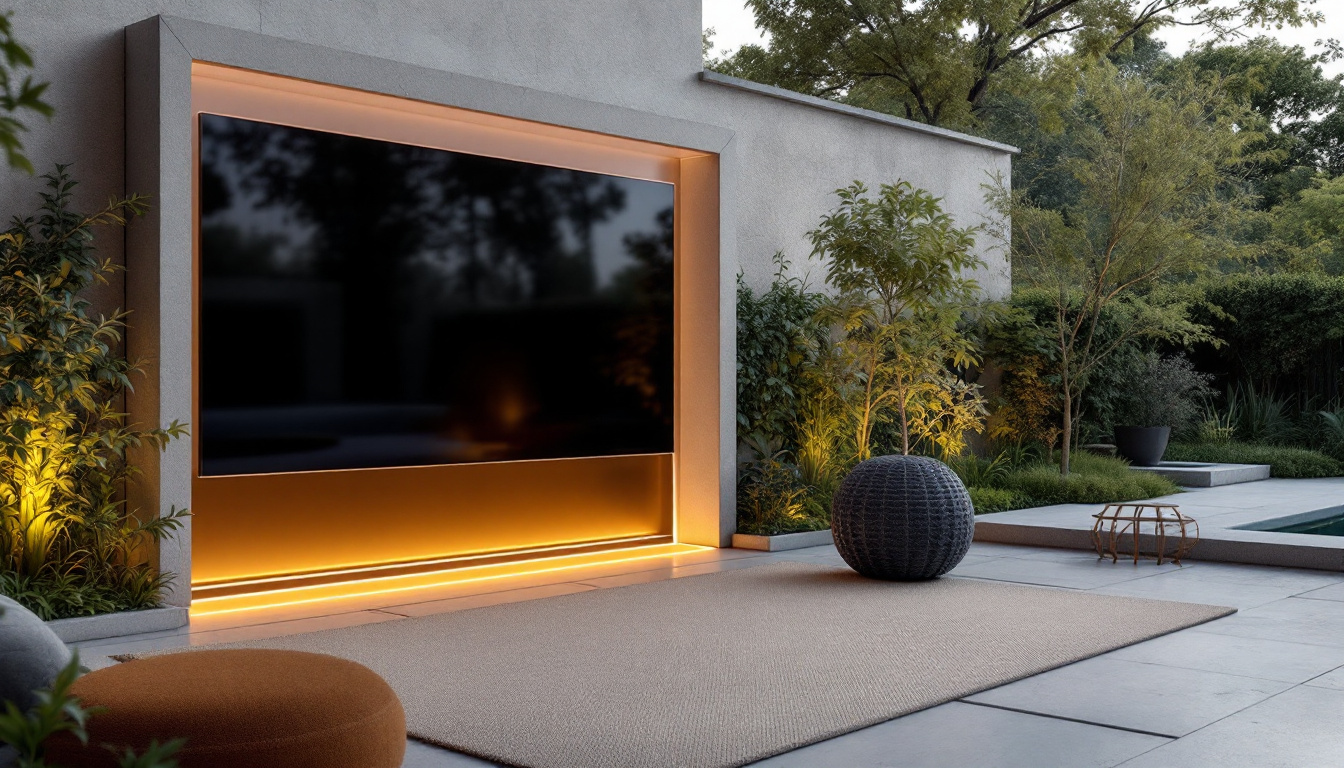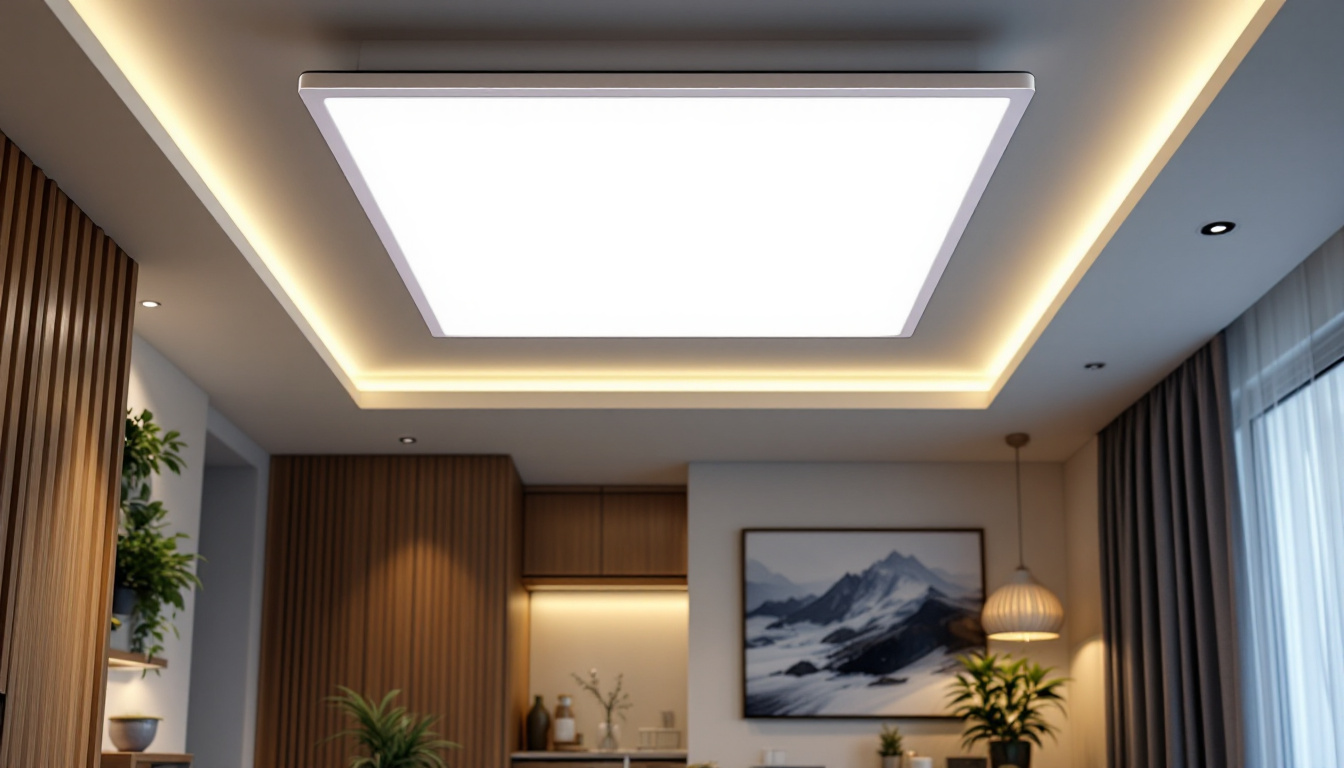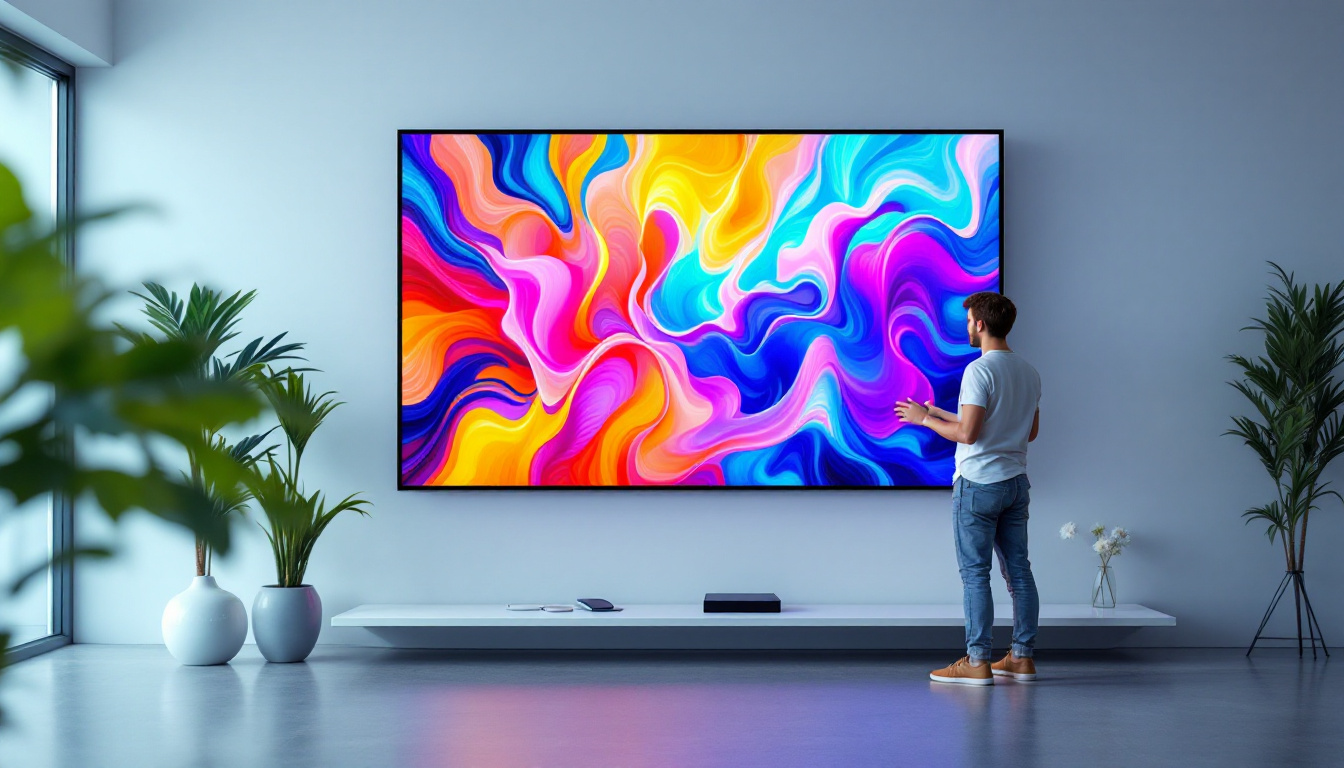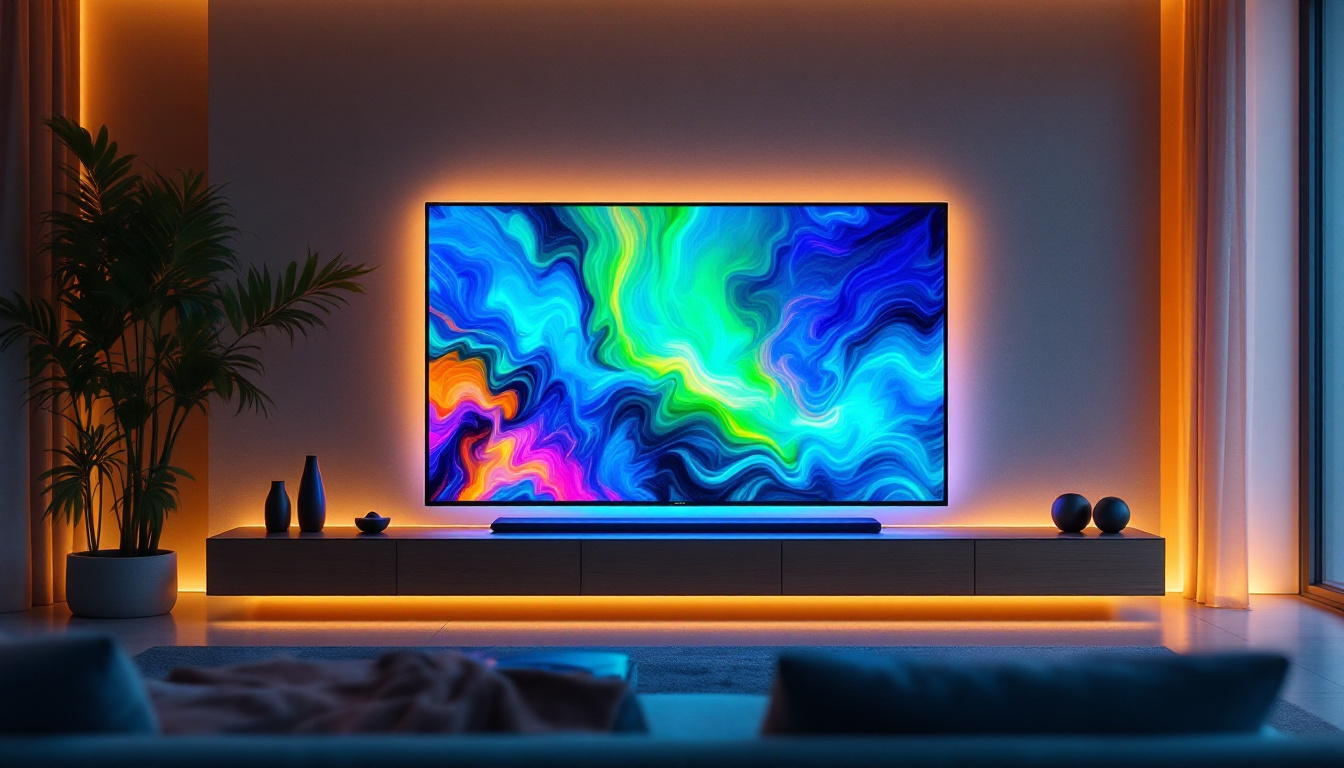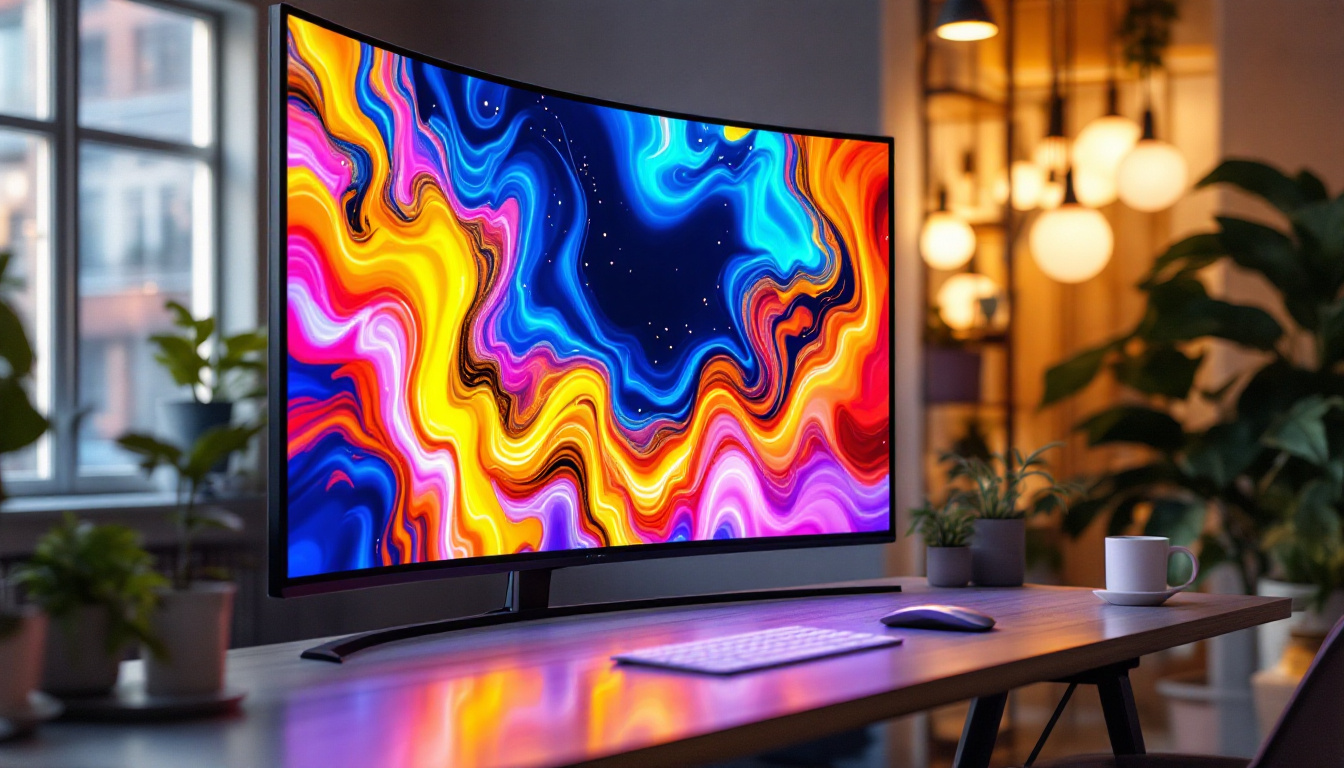In the world of display technology, plasma screens and LED displays have often been at the forefront of discussions regarding image quality, energy efficiency, and overall performance. While both technologies have their unique advantages and disadvantages, understanding how they work and their applications can help consumers make informed decisions. This article delves into the intricacies of plasma screens and LED displays, exploring their features, benefits, and limitations.
Understanding Plasma Screens
Plasma screens were once the pinnacle of television technology, renowned for their vibrant colors and deep blacks. They operate using a unique technology that involves ionized gas, or plasma, to create images. This section will explore the mechanics of plasma screens, their advantages, and why they have seen a decline in popularity.
How Plasma Screens Work
Plasma screens consist of a grid of tiny cells filled with a mixture of noble gases, such as neon and xenon. When an electrical current passes through these gases, they become ionized and emit ultraviolet light. This light then excites phosphor coatings on the inside of the screen, producing visible colors. The combination of red, green, and blue phosphors creates the full spectrum of colors seen on the display.
The technology allows for exceptional contrast ratios and color accuracy, making plasma screens particularly appealing for watching movies and playing video games. However, the manufacturing process is complex and can lead to higher production costs compared to other display technologies. This complexity is one reason why plasma screens were eventually overshadowed by the more cost-effective LED and LCD technologies, which have become the industry standard.
Advantages of Plasma Screens
One of the standout features of plasma screens is their ability to produce rich, saturated colors. This is largely due to their excellent color reproduction capabilities. Additionally, plasma screens offer wide viewing angles, meaning that the picture quality remains consistent regardless of the viewer’s position relative to the screen.
Another advantage is the superior motion handling of plasma displays. They can display fast-moving images without the blurring that often occurs in other types of screens, making them ideal for sports and action-packed films. Furthermore, plasma screens typically have better black levels, enhancing the overall contrast and depth of the image. This characteristic makes them particularly favored among cinephiles who appreciate the nuances of darker scenes in films, where detail can easily be lost on lesser displays.
Limitations of Plasma Screens
Despite their impressive qualities, plasma screens are not without their drawbacks. One significant limitation is their susceptibility to burn-in, where static images can become permanently etched into the screen. This issue can be particularly problematic for users who frequently display logos or other fixed images.
Additionally, plasma screens tend to consume more power than their LED counterparts, leading to higher electricity bills over time. They also generate more heat, which can be a concern in smaller spaces. Finally, the weight and thickness of plasma displays can make them less convenient for wall mounting compared to slimmer LED screens. As technology has evolved, many consumers have opted for lighter and more energy-efficient options, further contributing to the decline in plasma’s popularity. Nevertheless, for those who prioritize picture quality and immersive viewing experiences, plasma screens still hold a special place in the hearts of dedicated enthusiasts and collectors alike.
The Rise of LED Displays
As technology advanced, LED displays emerged as a popular alternative to plasma screens. Utilizing light-emitting diodes (LEDs) for backlighting, these screens have transformed the way we experience visual content. This section will examine how LED displays function, their benefits, and their growing dominance in the market.
How LED Displays Work
LED displays use a matrix of tiny light-emitting diodes to create images. Unlike plasma screens, which rely on gas-filled cells, LED technology can be divided into two main types: edge-lit and full-array. Edge-lit displays have LEDs positioned around the perimeter of the screen, while full-array displays feature a grid of LEDs behind the screen, allowing for more precise control over brightness and contrast.
The use of LEDs not only enhances energy efficiency but also allows for thinner and lighter designs. As a result, LED displays can be easily mounted on walls, making them a favored choice for modern homes and commercial spaces.
Advantages of LED Displays
One of the most significant advantages of LED displays is their energy efficiency. They consume less power than plasma screens, making them more environmentally friendly and cost-effective in the long run. Additionally, LED displays can achieve higher brightness levels, making them suitable for viewing in well-lit environments.
LED technology also offers a longer lifespan compared to plasma screens. While plasma displays may start to degrade after several years, LED screens can last for over a decade with proper care. This durability, combined with lower operating costs, makes LED displays a practical investment for consumers.
Limitations of LED Displays
Despite their many benefits, LED displays are not without limitations. One of the primary concerns is their performance in terms of black levels. While advancements have been made, particularly with full-array local dimming technology, LED displays often struggle to achieve the same deep blacks as plasma screens.
Additionally, some LED displays can suffer from color accuracy issues, particularly when viewed from extreme angles. This can be a drawback for larger viewing groups where not everyone is positioned directly in front of the screen. Furthermore, while LED technology has improved in terms of motion handling, it may still not match the fluidity offered by plasma screens.
Comparing Plasma Screens and LED Displays
When choosing between plasma screens and LED displays, several factors should be considered, including picture quality, energy efficiency, and intended use. This section will provide a comprehensive comparison to help consumers make an informed choice.
Picture Quality
Picture quality is often the most critical factor for consumers. Plasma screens excel in color accuracy, contrast ratios, and motion handling, making them ideal for movie enthusiasts and gamers. However, LED displays have made significant strides in recent years, particularly with advancements in local dimming and HDR (High Dynamic Range) technology, which enhances brightness and contrast.
Ultimately, the choice may come down to personal preference. Some users may prefer the vibrant colors and deep blacks of plasma, while others may appreciate the brightness and energy efficiency of LED displays.
Energy Efficiency and Lifespan
In terms of energy efficiency, LED displays have a clear advantage. They consume less power and have a longer lifespan, making them a more sustainable option for the environmentally conscious consumer. Plasma screens, while offering superior picture quality, can lead to higher electricity costs and may require more frequent replacement.
For users who prioritize long-term investment and lower operating costs, LED displays are the more practical choice. However, for those who value picture quality above all else, plasma screens may still hold appeal, despite their drawbacks.
Usage Scenarios
The intended use of the display can significantly influence the decision between plasma and LED. For home theaters, where ambient light can be controlled, plasma screens may provide a more immersive viewing experience. Conversely, in bright living rooms or commercial settings, LED displays are often preferred due to their higher brightness levels and energy efficiency.
Additionally, for users who frequently watch content with static images, such as news channels or video games, LED displays may be a safer choice to avoid burn-in issues associated with plasma screens.
The Future of Display Technology
As technology continues to evolve, the landscape of display technology is rapidly changing. New advancements in OLED (Organic Light Emitting Diode) and MicroLED technologies are beginning to challenge both plasma and LED displays. This section will explore these emerging technologies and their potential impact on the market.
OLED Technology
OLED technology represents a significant leap forward in display quality. Unlike LED displays, which rely on backlighting, OLED screens use organic compounds that emit light when an electric current is applied. This allows for true blacks, as individual pixels can be turned off completely, resulting in unparalleled contrast ratios and color accuracy.
OLED displays also offer wide viewing angles and faster response times, making them ideal for a variety of applications, from home theaters to gaming. However, they can be more expensive to produce, which may limit their accessibility to some consumers.
MicroLED Technology
MicroLED is another emerging technology that promises to revolutionize the display market. Similar to OLED, MicroLED uses individual microscopic LEDs to create images. This technology combines the best aspects of both LED and OLED, offering high brightness levels, excellent color accuracy, and true blacks without the risk of burn-in.
As MicroLED technology matures, it has the potential to become a dominant force in the display industry, providing consumers with a versatile and high-quality viewing experience. However, like OLED, the production costs may initially be high, making widespread adoption a gradual process.
Conclusion
In summary, both plasma screens and LED displays have their unique strengths and weaknesses. Plasma screens excel in color accuracy and motion handling, making them a favorite among cinephiles and gamers. However, their susceptibility to burn-in and higher energy consumption have led to a decline in popularity.
On the other hand, LED displays offer energy efficiency, longer lifespans, and increased brightness, making them a practical choice for a wide range of applications. As technology continues to evolve, new innovations like OLED and MicroLED are set to redefine the display landscape, offering consumers even more options.
Ultimately, the choice between plasma and LED will depend on individual preferences, usage scenarios, and budget considerations. By understanding the strengths and limitations of each technology, consumers can make informed decisions that best suit their viewing needs.
Discover Cutting-Edge LED Displays with LumenMatrix
Ready to elevate your visual experience with the latest in LED display technology? Look no further than LumenMatrix, a leader in innovative LED solutions. Whether you’re seeking to enhance your brand’s visibility or captivate your audience with mesmerizing visuals, our extensive range of products, including Indoor and Outdoor LED Wall Displays, Vehicle LED Displays, and more, are designed to meet your needs. Embrace the future of display technology and check out LumenMatrix LED Display Solutions today to see how we can transform your visual communication and engagement.




